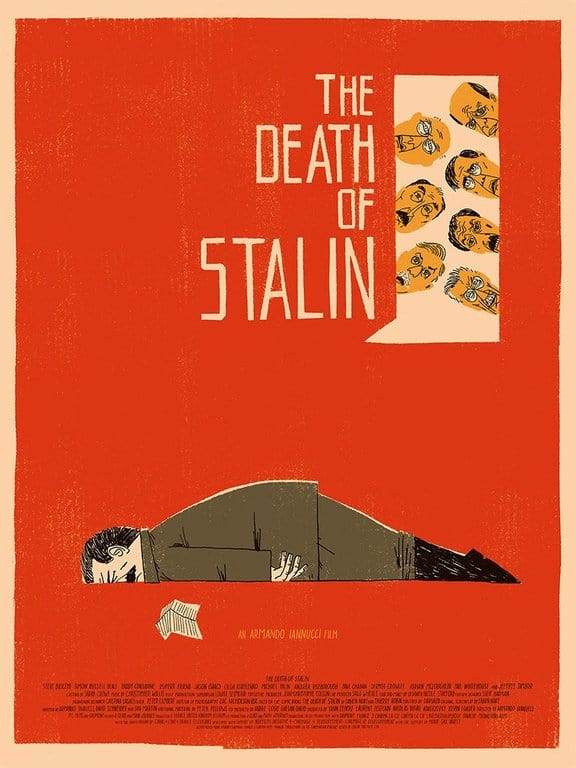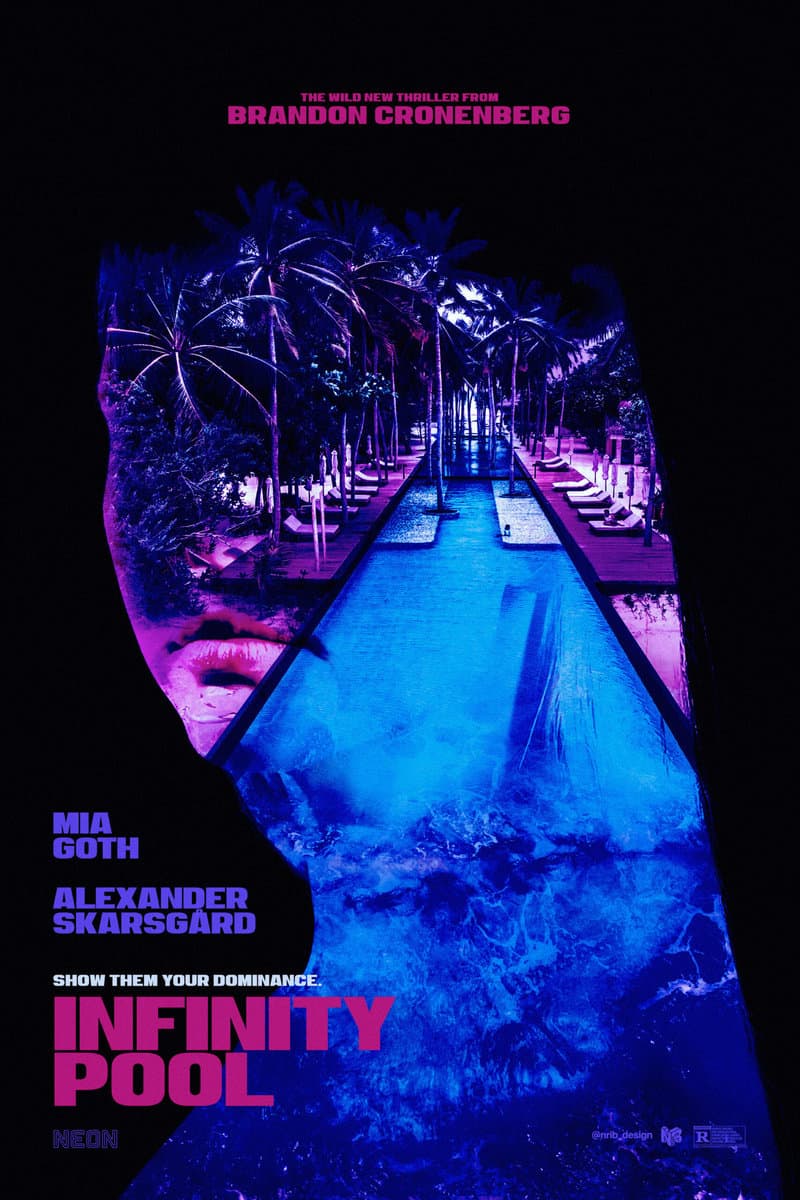
Author’s note: For the purposes of this write up, I will be focusing on the film’s original score by Michael Abels and not the additional songs on the soundtrack (although they are great). This review is spoiler-free.
After shocking audiences with tales of transplanting White brains into Black bodies and staging an uprising of underground-dwelling doppelgängers, did anyone warn Jordan Peele and Michael Abels (Interview) that going bigger wouldn’t necessarily equal better? Well, if their latest high-concept horror collaboration is any indication, the answer is obvious: Nope. And thank God for that.
Nope follows the Haywood siblings, OJ (played by Daniel Kaluuya) and Em (Keke Palmer), as they realize something is lurking in the desert outside their family horse ranch. It is Peele’s and Abels’ most ambitious work yet and, in this humble reviewer’s opinion, also their most enjoyable. This feat is in large part owed to the grand, genre-hopping score by Michael Abels—one which miraculously marries the sounds of classic cinema with the unsettling nature of the unknown and the spectacle of action-adventure.
Opening cue “Haywood Ranch” is a stellar start. Evocative swells of strings feel like they roll in off the mountains that surround the film’s desert setting and conjure a sense of grandeur that lends the track an instantly classic quality. However, this being a Jordan Peele film and all, nothing is ever quite what it seems. Cleverly, Abels underscores the sweeping melodies with a subtly dissonant drone, suggesting something hiding just out of sight. It’s an excellent introduction to the world of Nope, one which still manages to leave me eager to discover what surprises lie ahead, even after seeing the film twice and listening to the soundtrack many times over.
With Peele’s assured horror hand at the wheel of Nope, who could have guessed a couple of kitschy theme songs would be what shocked me most. “Jupiter’s Claim”, complete with a cavaliering ‘50s’ cowboy show-inspired tune, and “The Star Lasso Expeeerrriii…”, with its twirling woodwinds, play as straight-faced imitations of tacky theme park tunes, not the work of an Emmy-nominated composer. At first, these tracks had me scratching my head, pondering if they were in fact source music rather than expertly crafted replicas. Once clued in on Abels’ cosplay as corny theme composer, hearing the remarkable verisimilitude of the tracks never fails to put a smile on my face, while also being damn effective at bringing immersive depth to the world of the film.
The most pleasant surprise of Nope’s score, however, came with the final track “Nope”. The cue borrows heavily from the iconic sounds of the Spaghetti West and composers like Ennio Morricone—which, if you know anything about me, is a surefire way to win my heart. While we first hear it as background music in a hokey California Gold Rush theme park, “Nope” is later fully realized as the film’s triumphant concluding theme. Over a shot evoking the finale of Django Unchained, it’s the rich cinematic history tied up in the composition which empowers Peele to reshape cinematic iconography in his own image, boldly declaring, “Behold, our hero: a Black man on a horse.” Needless to say, Abels had me at the Alessandroni-esque whistles, everything else was icing on an already excellent cake.
It’s a testament to the sheer scale of Abels’ Nope score that despite all of the highlights discussed, it still feels like I’ve barely scratched the surface of it. Be it a terrifying track like “Not Good,” with its dissonant tones and guttural belches of brass, “Holy Sh*t It’s Real,” which masterfully captures the duality of experiencing wonder while also wondering “WTF,” or the propulsive four-on-the-floor beat of “The Run (Urban Legends),” that impeccably soundtracks the film’s action climax, the tracklist is filled to the brim with great cues that I’ve found myself playing over and over again.
The scope of Abels’ score may be as wide as the IMAX frame the film is shot in, but at every twist and turn it’s masterfully crafted to mirror and elevate Peele’s awe-inspiring vision of blockbuster terror. The result, whether watching in the theater (go support original horror!) or listening at home, is a truly immersive big screen experience that, plain and simple, is a damn good time at the movies. Is there any stopping this duo? I think we know the answer by now.
About the Author: Hey, I’m Sam. I like violent movies with synth scores and listening to library music on the beach. My perfect idea for a date is taking a trip to 1970s Italy where I can stumble into a stylish murder mystery involving a black-gloved killer featuring music by Ennio Morricone. I live in Vancouver, B.C. and think too hard about what I write on my Letterboxd. Twitter: @mondosammi
Editor’s Note: This score also appeared in our article about the Best Film Scores of July 2022.



